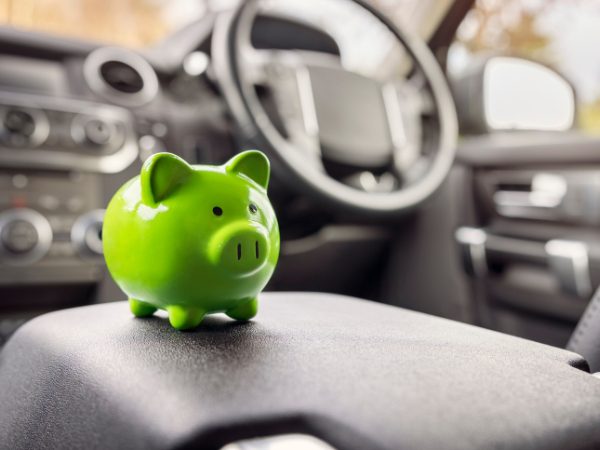Smart Ways to Save for Large Purchases
Financial foresight is crucial, especially when planning for big expenses. We’ve all been there — longing for that shiny new car, imagining the comfort of a dream house, or planning a once-in-a-lifetime holiday. The excitement of these dreams can quickly dim when we consider their steep price tags. Before you abandon your dreams, remember that saving for big purchases doesn’t have to be an intimidating task. It merely requires a well-thought-out strategy.
Everyone’s financial situation, needs, and budgets are unique, and what works for one person may not work for another. However, there is one universal truth: to save, you need to spend less than you earn. Use these smart saving techniques to keep you on track toward financial wellness.

Identify Big Purchases and their Estimated Costs
First identify the large purchases you’re saving for and how much they cost. This provides a clear target and allows you to estimate how much you need to put aside. Once you know the cost, you can start strategizing your budget.
- Research to get an accurate estimate of the costs involved. For instance, if you’re saving for a car, look up prices on different models, insurance rates, and maintenance costs.
- Be sure to account for inflation and possible price increases, particularly if your savings goal spans several years.
Pay Yourself First
Before you spend on monthly expenses, debt repayments, or leisure activities, make it a priority to set aside a certain amount or percentage of your income towards your savings, or pay yourself first. It’s a simple and effective method to ensure you’re regularly contributing to your savings goals.
- Automate your savings. Set up a direct deposit to your savings account from your paycheck, which removes the temptation to spend and ensures you consistently contribute to your savings.
- Start small, if necessary. Even saving a small percentage of your income can add up over time, and you can increase the amount as your financial situation improves.
Set Attainable SMART Goals
SMART goals (Specific, Measurable, Achievable, Relevant, and Time-bound) can be a game-changer. For instance, instead of saying, “I will save more this year,” a SMART goal would be, “I will save $200 every month for the next two years for my dream vacation.” This strategy makes your savings goals more tangible and easier to stick to.
- Write your goals down and place them where you’ll see them regularly, such as on your fridge or as a reminder on your phone.
- Review your goals periodically to check your progress and make any necessary adjustments.
Adopt the 50/20/30 Rule
The 50/20/30 rule can be a helpful guide in budgeting. This principle suggests that you allocate 50 percent of your income for necessities like rent and food, 20 percent towards savings, and the other 30 percent for personal or discretionary spending. This method ensures that you’re saving consistently and allows room for enjoying your earnings.
- If you’re struggling to meet the 20 percent savings goal, try cutting back on the 30 percent allocated for personal spending.
- Regularly review your spending habits to ensure you’re sticking to this rule and not overspending in one category.
Open a High-Interest Savings Account
Your savings account can also contribute to your savings goals. High-interest savings accounts yield more over time compared to regular savings accounts, thanks to the power of compound interest. The interest you earn gets added to your savings, helping your money grow at a faster rate.
- Do some comparison shopping before choosing a bank for your high-interest savings account to ensure you’re getting the best rate.
- Be aware of any potential fees or requirements, like a minimum balance, that might be associated with the account.
Leverage Technology
In our digital age, numerous apps and online platforms can aid your saving and budgeting endeavors. Apps can round up your change and invest it or monitor your spending habits and provide actionable insights to help you reach your financial goals.
- Use budgeting apps to track your spending and identify areas where you could cut back.
- Utilize financial apps that facilitate automatic savings, like those that round up your purchases to the nearest dollar and deposit the difference into a savings account.
Learning to save money and how to make your savings work for you are critical steps toward achieving financial wellness, for additional savings tips, visit the DFPI website.